Airbus to launch hydrogen commercial aircraft by 2035
Airbus has presented three concepts for the world’s first zero-emission commercial aircraft, which could enter service by 2035. All these concepts, code-named ZEROe, rely on hydrogen as the main energy source, but each follows a different approach.
With the announcement of the three aircraft studies, Airbus wants to put itself at the forefront of the transformation in aviation. According to the company, the trio’s various technological paths and aerodynamic configurations should give it a “pioneering role in the decarbonisation of the entire aviation industry”. The company describes hydrogen as a primary energy source as an extremely promising solution.
“I strongly believe that the use of hydrogen – both in synthetic fuels and as a primary power source for commercial aircraft – has the potential to significantly reduce aviation’s climate impact,” says Airbus CEO Guillaume Faury, who is not stingy with superlatives: “This is a historic moment for the commercial aviation sector as a whole and we intend to play a leading role in the most important transition this industry has ever seen,” says the Group CEO.
Faury calls the three concepts a “bold vision” for the future of emission-free flying. In detail, Airbus is showing an aircraft study with a turbofan engine for 120 to 200 passengers and an estimated range of more than 2,000 nautical miles, equivalent to 3,700 kilometres. The aircraft transports the liquid hydrogen in tanks beyond the rear pressure bulkhead. According to the manufacturer, it is suitable for transcontinental flights.
The second study is a smaller aircraft with a propeller turbine (“turboprop”) for up to 100 passengers. Here, too, the modified gas turbine engines are powered by the combustion of hydrogen. With a range of a good 1,000 nautical miles (about 1,850 kilometres), the aircraft is expected to attract some attention, especially for short-haul routes.
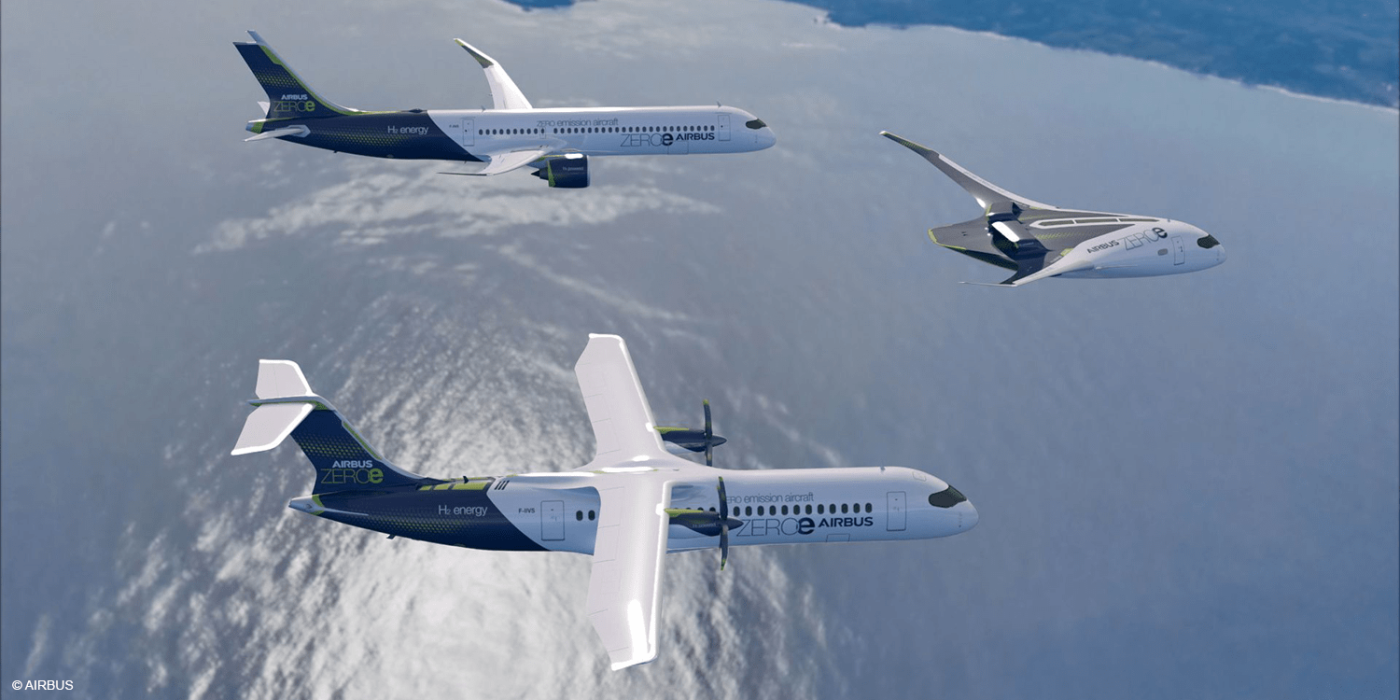
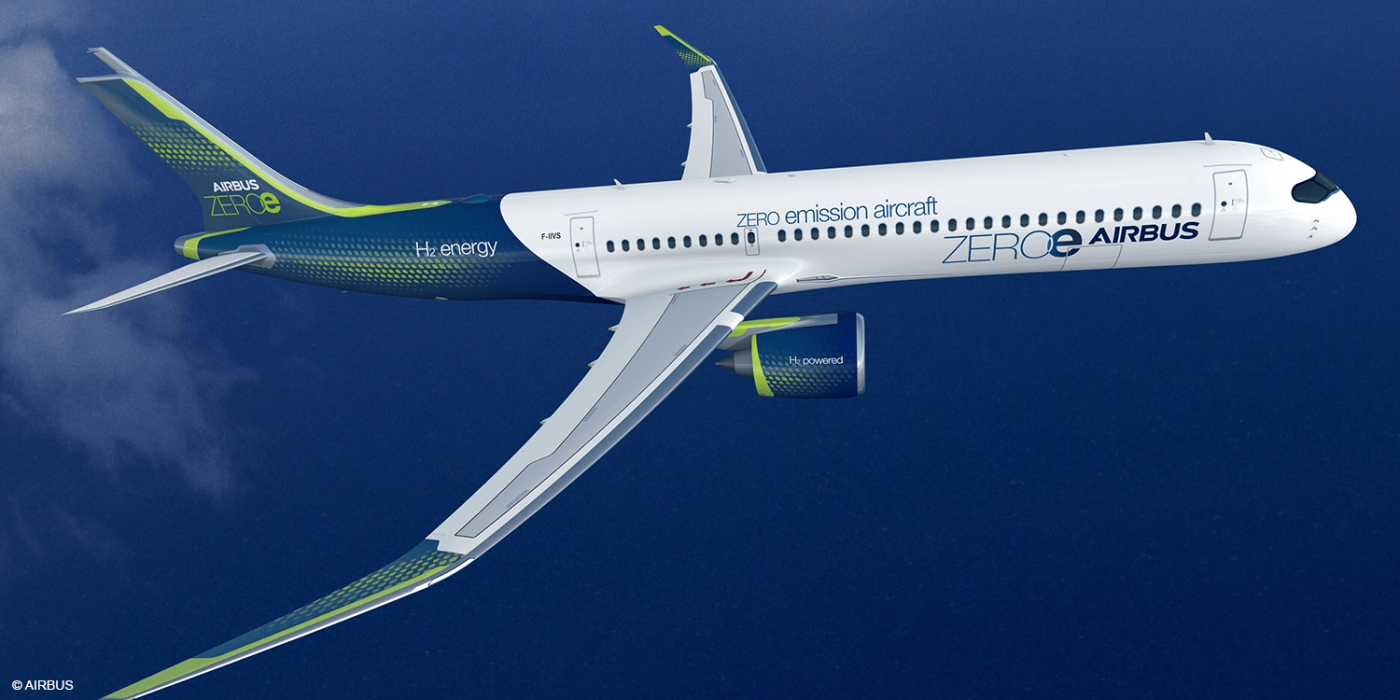
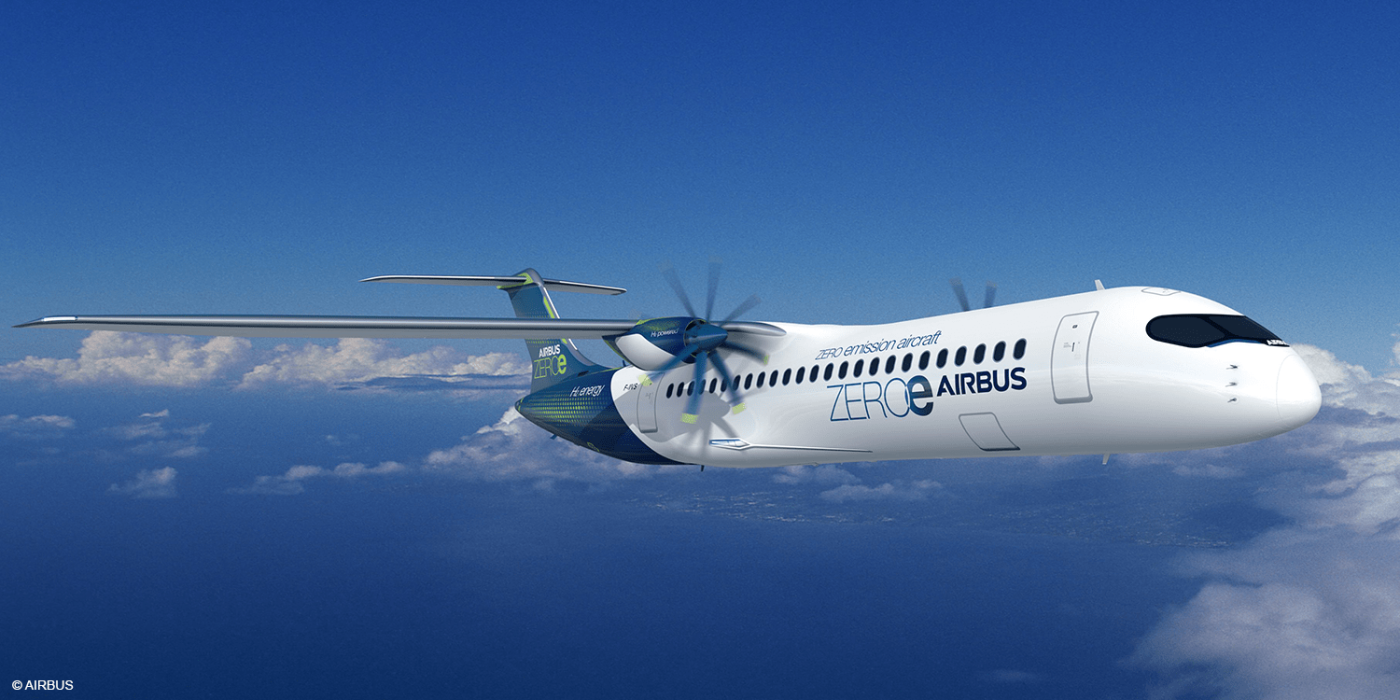
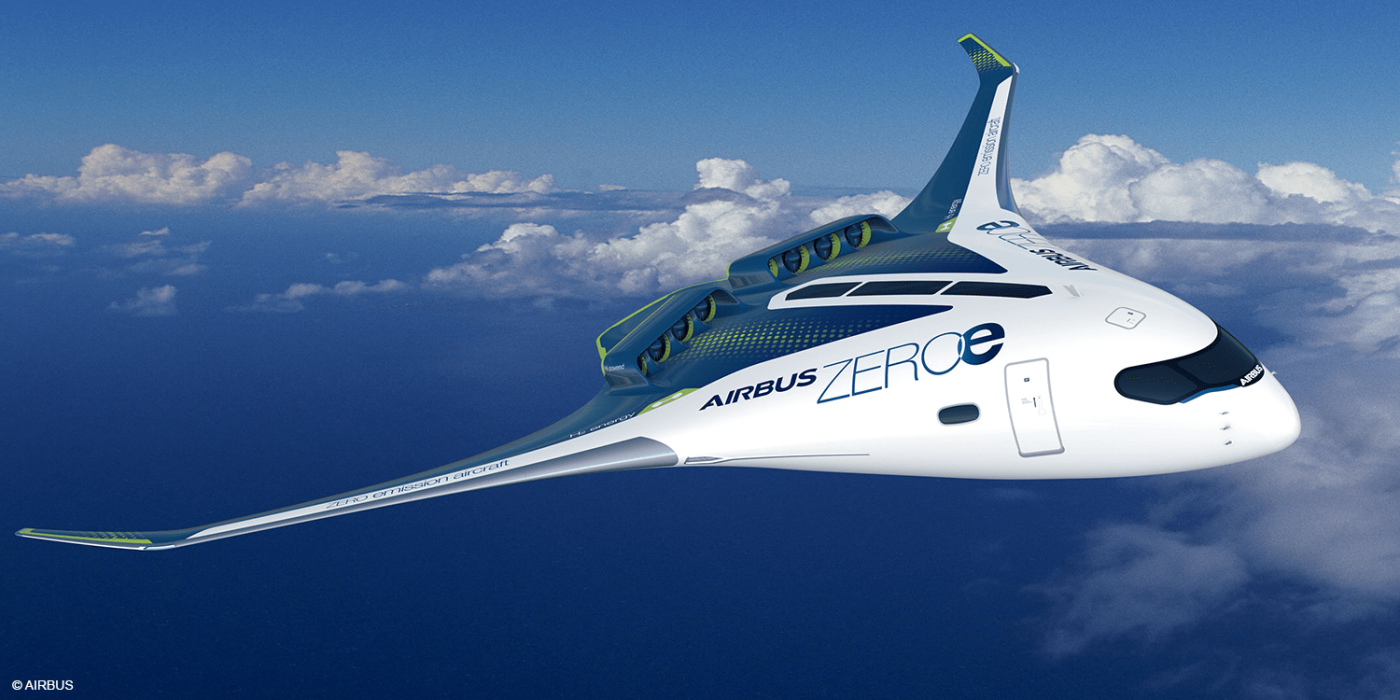
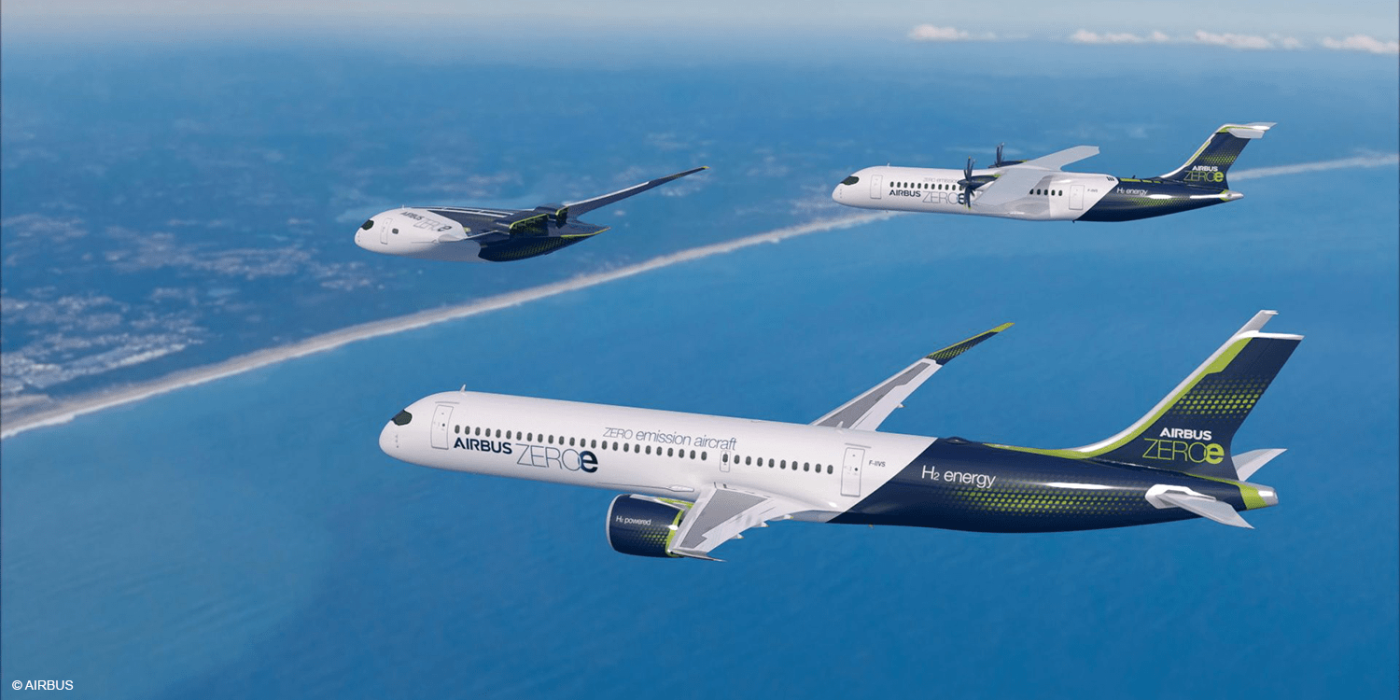
Airbus calls the third concept an aircraft with “blended-wing body”, i.e. with wings that merge with the main body of the aircraft. The aircraft should be able to carry up to 200 passengers and have a range of 2,000 nautical miles, or about 3,700 kilometres. According to Airbus, the study’s unusually wide fuselage opens up numerous options for both hydrogen storage and distribution, as well as for the cabin layout.
“These concepts will help us explore and mature the design and layout of the world’s first climate-neutral, zero-emission commercial aircraft, which we aim to put into service by 2035,” says Faury. The transition to hydrogen as the primary energy source for these concept aircraft requires decisive action by the entire aviation ecosystem, he said. “Together with the support from government and industrial partners we can rise up to this challenge to scale-up renewable energy and hydrogen for the sustainable future of the aviation industry,” he concluded.
Airbus also points out that airports will need an extensive infrastructure for hydrogen transport and refuelling in the future to meet the demands of daily operations. According to the largest European aircraft manufacturer, this can only work if public funding for research and digitalisation in general and the more specifically, the development of sustainable fuel technologies and the renewal of aircraft fleets is increased. In other words: Airbus is signalling that it is actively driving forward the radical changes in aviation, but wants the risk to be shared by governments.
At Airbus, ZEROe follows a bumpy development project called E-Fan X. Launched in 2017 together with Siemens and Rolls-Royce, the project aimed to equip a 100-seat regional aircraft with a hybrid-electric drive train for the first time by 2020. But as early as May 2019, it was announced that Airbus and Siemens had ended their cooperation for hybrid-electric aircraft drives ahead of schedule. Airbus announced the official end of the overall project in May of this year, without a study even taking off.
The fact is that the meagre outcome of the project has only limited connection to the Covid-19 pandemic and the drastic economic consequences for the entire aviation industry. At Airbus, former CEO Tom Enders was seen as the driving force behind the project. The German manager expressed his confidence in developing hybrid drives for medium-sized aircraft by 2030. However, with Guillaume Faury’s move to the top of the company and the appointment of Grazia Vittadini as Chief Technology Officer, the hybrid course at Airbus has changed. The focus is now clearly on hydrogen.
With reporting by Cora Werwitzke, France.


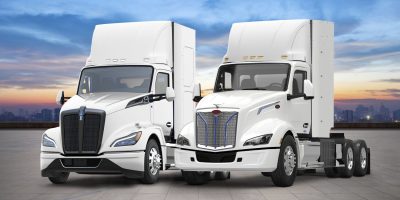
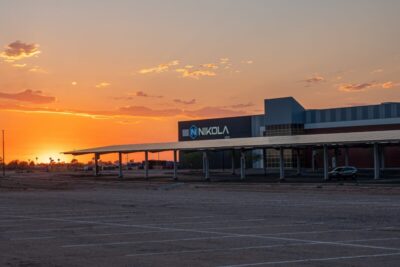
1 Comment